#Gas stations
Explore tagged Tumblr posts
Photo
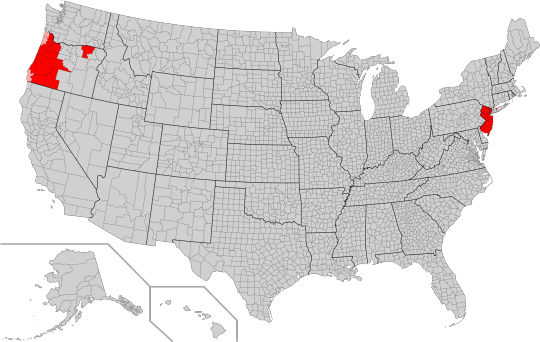
Parts of the country where self-service gas pumping is illegal.
79K notes
·
View notes
Text






Crossing North Dakota in the dark
Taken August 2024
#north dakota#full moon#gas stations#signs#billboards#i feel like i had an anti abortion sign tag? maybe? but i have forgotten it#anyway this blog does not condone nd highway billboards 🫡#wildflowers#lonely roads#my photos#my places#tteoov
694 notes
·
View notes
Text

Photographer Bryan Rodner Carr
68 notes
·
View notes
Text

Diamanda Galas fills her Audi Fox
Stars: they're just like us
59 notes
·
View notes
Text

Put a tiger in your tank!
#vintage illustration#vintage advertising#esso#exxon#esso extra#esso gasoline#esso extra gasoline#gas#gasoline#humble oil company#energy companies#petroleum companies#oil & gas#automotive products#gas stations#service stations#humble oil#humble oil & refinery company#corporate mascots#mascots#product slogans#product mascots
28 notes
·
View notes
Text
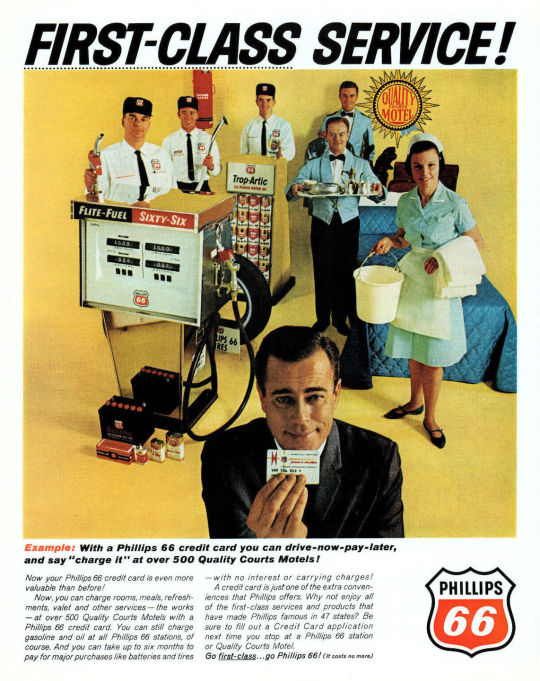
Phillips Petroleum Co, 1965
#Phillips 66#ad#1965#credit card#gas stations#advertisement#vintage#charge card#Quality Courts motels#1960s#advertising
77 notes
·
View notes
Text
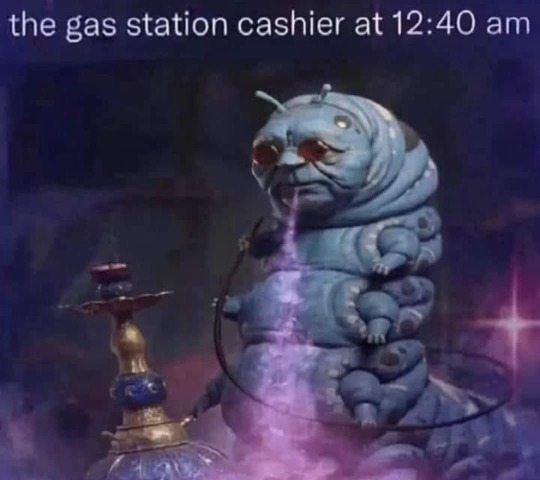
#cashiers be like#cashier life#cashier lyfe#csr lyfe#funny memes#gas stations#dank memes#funny meme#dank meme#meme#memes
68 notes
·
View notes
Text


sin is in my skin just like a splinter
#mine#this is soooo beetle4#my photos#rural america#southern gothic#rural aesthetic#rural gothic#gas stations#Deep South#bible belt#and Kurt vile lyrics lol
50 notes
·
View notes
Text
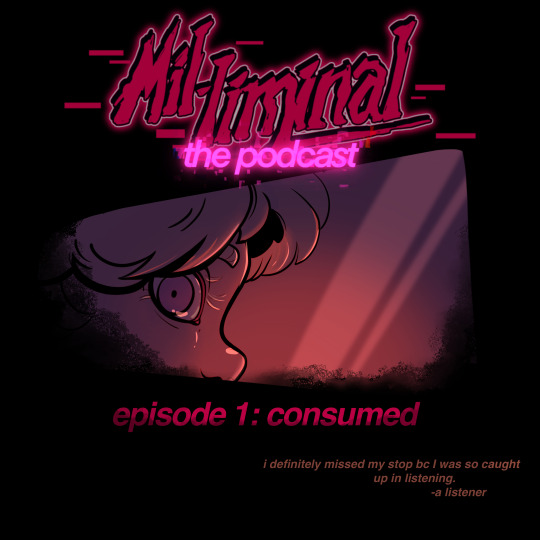
What do you get when you mix a mom and pop gas station, some slightly ominous woods, a mixed-up teenager and a Datsun? Well I don’t know but I guess you'll find out soon enough!
Mil-Liminal Episode 1: CONSUMED is now live! You can listen on Youtube, Podbean, Spotify or your favorite podcast service right now!
**mild feelings of dread and claustrophobia**
**transcripts available where they are supported and cc and transcripts available on Youtube**
What is the Mil-Liminal Podcast?
Mil-Liminal is a cozy horror podcast featuring the charming and slightly unhinged Caro Greene, an employee working the counter during the night shift at a tiny gas station in the middle of the woods. Join their journey of witnessing the unexplainable! Liminal spaces, ghosts and ghouls galore, there won’t be any jump-scares or hopelessness, just unsettling vibes with moments of comedy to lighten the mood. The podcast is in canonical order, meaning the first episode is Caro’s first ‘episode’ as well, learning as they go to create their podcast.
Please Share on any social media if you like it! You can find me under raptorjules on most, and I need help conquering algorithms and imposter syndrome, a share means everything to me! -xoxo Caro and RJ
#mil-liminal podcast#horror podcast#caro speaks#ghost stories#scary stories#original characters#AHHHH i hope you like it#THE FIRST REAL EPISODE#here we go#spooky stuff#liminal spaces#gas stations#art featuring a review from one of my test listeners
51 notes
·
View notes
Text
Gas Station Stream of Consciousness Post
Gas Stations as Liminal Spaces
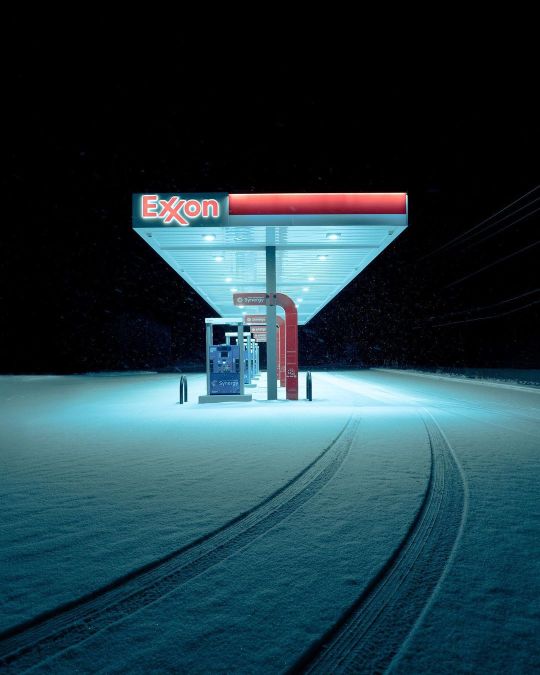
I've had quite a few hyperfixations in my day - ATMs, laundry detergents, credit cards - so my current one pertaining to gas stations is fitting considering my affinity for liminal spaces and the dedication of this blog to them. Liminal spaces are transitory in nature, hence their portrayal in online circles through photos of carpeted hallways, illuminated stairwells, dark roads, and backrooms, among other transitional points.

Gas stations are posted online as well; images of their fuel pumps or neon signage photographed through a rainy car window communicate their liminality and the universal experiences they provide to all of society. Perhaps they are the ultimate specimen of a liminal space. The machines they are created for, automobiles and tractor trailers alike, themselves are tools for motion, vestibules that enable travel and shipment across long distances at high speeds. Cars and roads are liminal spaces, albeit in different formats, and gas stations serve as their lighthouses. Vehicles at filling stations, therefore, are in a sense liminal spaces within liminal spaces within liminal spaces.
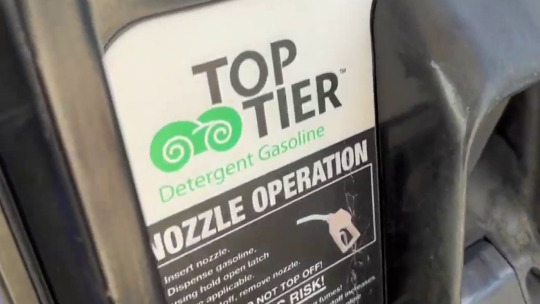
The uniqueness of a gas station as a liminal space, however, is its intersection with the economics and aesthetics of capitalism. Gasoline (and diesel fuel) is a commodity, downstream from crude oil, merely differentiated by octane ratings. Some argue that minute distinctions between agents, detergents, and additives make some brands better than others. Indeed, fuels that are approved by the Top Tier program, sponsored by automakers, have been shown to improve engine cleanliness and performance, but this classification does not prefer specific refiners over others; it is simply a standard. To a consumer, Top Tier fuels are themselves still interchangeable commodities within the wider gasoline commodity market.
The Economics of Gas Stations

The market that gas stations serve is characterized by inelastic demand, with customers who reckon with prices that fluctuate day in and day out. This is not to say that consumer behavior does not change with fuel prices. It has been observed that as prices rise, consumers are more eager to find the cheapest gas, but when prices fall, drivers are less selective with where they pump and are just happy to fill up at a lower price than last week. In response, gas stations lower their prices at a slower rate than when increasing prices, allowing for higher profit margins when wholesale prices fall. This has been dubbed the "rockets and feathers" phenomenon.

When portrayed as liminal spaces, gas stations are most often depicted at night, places of solitude where one may also enter the adjacent convenience store and encounter a fellow individual who isn't asleep, the modern day lightkeeper. The mart that resides at the backcourt of a gas station is known to sell goods at higher prices than a supermarket, simultaneously taking advantage of a captive customer, convenient location, and making up for the inefficiencies of a smaller operation. It may come as no surprise, then, that gas stations barely make any money from fuel sales and earn their bulk through C-store sales. This is a gripe I have with our economic system. Business is gamified, and in many cases the trade of certain goods and services, called loss leaders, is not an independent operation and is subsidized by the success of another division of a business, a strategy inherently more feasible for larger companies that have greater scale to execute it.
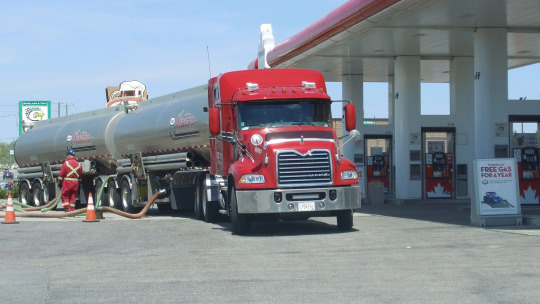
Nevertheless, most gas station owners, whether they have just one or hundreds of sites, find this method fruitful. Even though most gas stations in the US sell one of a handful of national brands, they operate on a branded reseller, or dealer, model, with oil companies themselves generally not taking part in the operations of stations that sell their fuels. The giants do still often have the most leverage and margin in the business, with the ability to set the wholesale price for the distributor, which sells at a markup to the station owner, which in turn will normally make the least profit in the chain when selling to the end customer at the pump. This kind of horizontal integration that involves many parties lacks the synergies and efficiencies of vertical integration that are so applauded by capitalists, but ends up being the most profitable for firms like ExxonMobil, who only extract and refine oil, and on the other end of the chain merely license their recognizable brands to the resellers through purchasing agreements. Furthermore, in recent years, independent dealers have sold their businesses to larger branded resellers, in many cases the ones from whom they had been buying their fuel.
A Word on ExxonMobil's Branding Potential
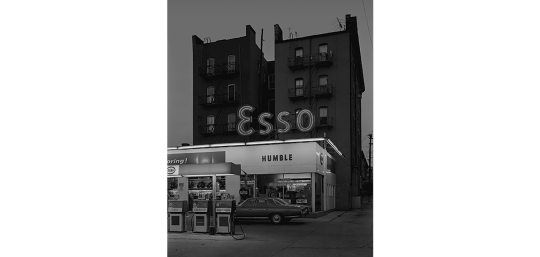
The largest publicly traded oil company in the world is Exxon Mobil Corporation. It is a direct descendent of the Rockefeller monopoly, Standard Oil, which was broken up in 1911 into 34 companies, the largest of which was Jersey Standard, which became Exxon in 1973. This title was generated by a computer as the most appealing replacement name to be used nationwide to unify the Humble, Enco, and Esso brands, decades before AI was spoken of. The latter brand is still used outside of the United States for marketing, arising from the phonetic pronunciation of the initials of Standard Oil. In 1999, Exxon and Mobil merged, and the combined company to this day markets under separate brands. Exxon is more narrowly used, to brand fuel in the United States, while Mobil has remained a motor oil and industrial lubricant brand, as well as a fuel brand in multiple countries.

Mobil originated in 1866 as the Vacuum Oil Company, which first used the current brand name for Mobiloil, and later Mobilgas and Mobilubricant products, with the prefix simply short for "automobile". Over time, Mobil became the corporation's primary identity, with its official name change to Mobil Oil Corporation taking place in 1966. Its updated wordmark with a signature red O was designed by the agency Chermayeff & Geismar, and the company's image for service stations was conceived by architect Eliot Noyes. New gas stations featured distinctive circular canopies over the pumps, and the company's recognizable pegasus logo was prominently on display for motorists.

I take issue with the deyassification of the brand's image over time. As costs were cut and uniformity took over, rectangular canopies were constructed in place of the special ones designed by Noyes that resembled large mushrooms. The pegasus remained a prominent brand icon, but the Mobil wordmark took precedence, which I personally believe to be an error in judgement. This disregard for the pegasus paved the way for its complete erasure in 2016 with the introduction of ExxonMobil's "Synergy" brand for its fuel. The mythical creature is now much smaller and appears only at the top right corner of pumps at Mobil gas stations, if at all.

Even into the 90s and the 21st century the Pegasus had its place in Mobil's marketing. In 1997, the company introduced its Speedpass keytag, which was revolutionary for its time and used RFID technology, akin to mobile payments today, to allow drivers to get gas without entering the store or swiping a card. When a Speedpass would be successfully processed, the pegasus on the gas pump would light up red.

When Exxon and Mobil merged in 1999, the former adopted the payment method too, with Exxon's less iconic tiger in place of the pegasus.

The program was discontinued in 2019 in favor of ExxonMobil's app, which is more secure since it processes payments through the internet rather than at the pump.
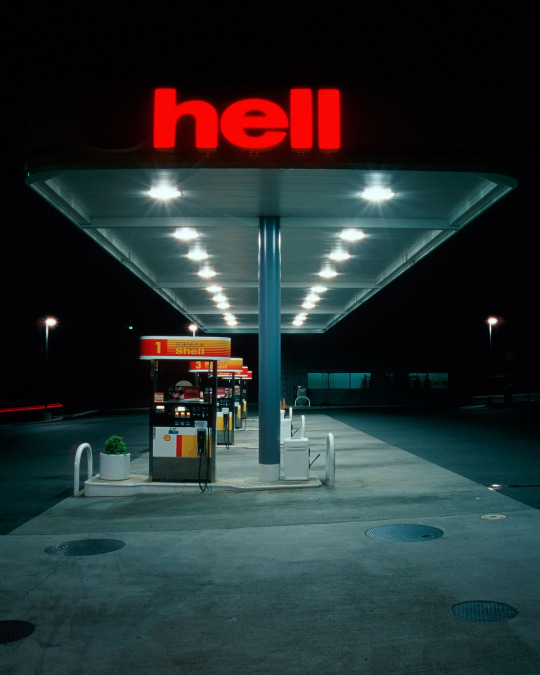
What Shell has done with its brand identity is what Mobil should've done for itself. The European company's logo was designed in 1969 by Raymond Loewy, and is a worth contender for the "And Yet a Trace of the True Self Exists in the False Self" meme. In recent years, Shell went all in on its graphic, while Mobil's pegasus flew away. I choose to believe that the company chose to rebrand its stations in order to prevent the malfunction in the above image from happening.

ExxonMobil should have also discontinued the use of the less storied Exxon brand altogether, and simplifying its consumer-facing identity to just the global Mobil mark. Whatever, neither of the names are actual words. As a bonus, here is a Google map I put together of all 62 gas stations in Springfield, MA. This is my idea of fun. Thanks for reading to the end!
#exxonmobil#exxon#mobil#gas station#gas stations#liminal space#liminal spaces#liminal#liminalcore#liminal aesthetic#justice for pegasus#shell#corporations#capitalism#branding#marketing#standard oil#economics#gas#gasoline#fuel#oil companies
107 notes
·
View notes
Text
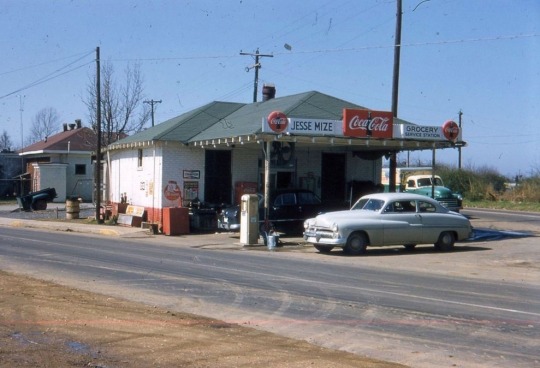
food and gas and a 49 ? Merk great ole photo
38 notes
·
View notes
Photo

Map of US counties with a QuikTrip gas station
by u/lostinrabbithole12
161 notes
·
View notes
Photo







Alcan crossing Yukon, Canada
#bears#brown bear#black bear#churches#fog#mountains#yukon#canada#gas stations#my photos#my places#rlwtstcwtsv
279 notes
·
View notes
Text

Photographer Alexander Schönberg
157 notes
·
View notes
Text
31 notes
·
View notes
